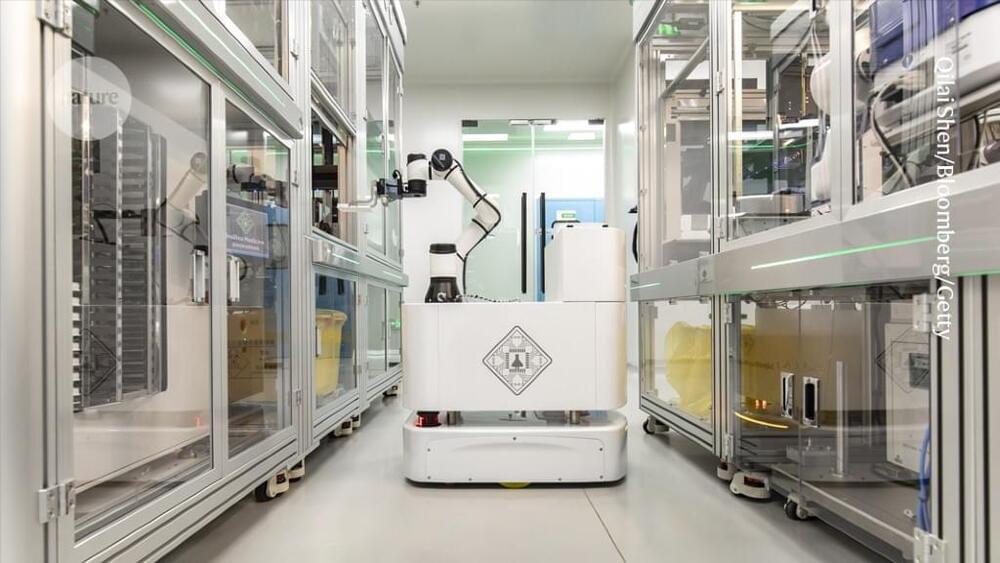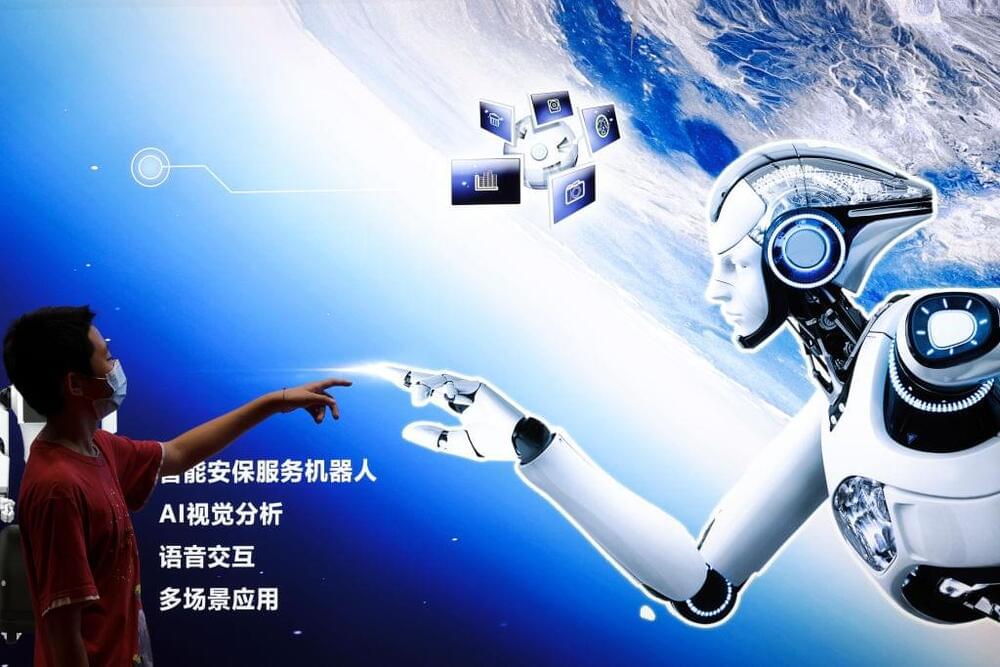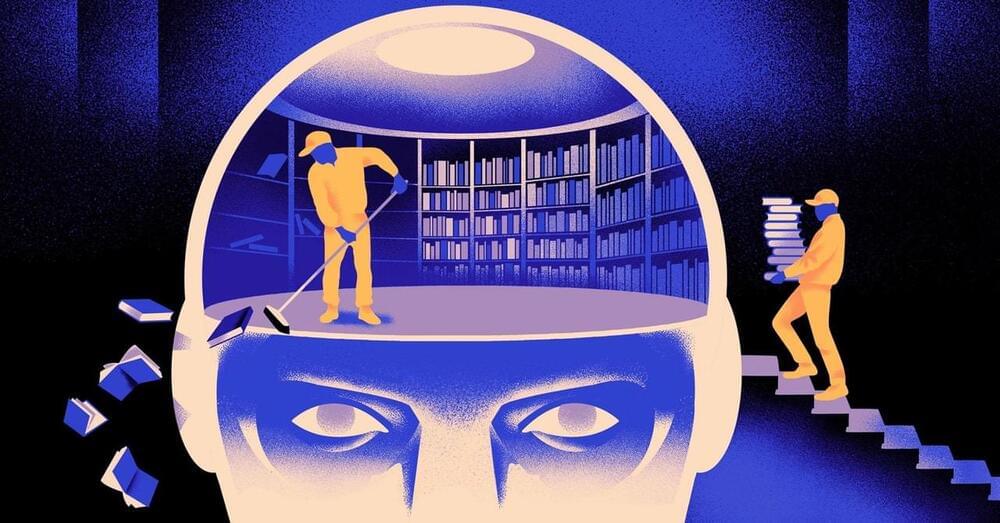Some researchers see superhuman qualities in artificial intelligence. All scientists need to be alert to the risks this creates.



A team of researchers from Peking University and the Eastern Institute of Technology (EIT) in China has developed a new framework to train machine learning models with prior knowledge, such as the laws of physics or mathematical logic, alongside data.
Chinese researchers are on the brink of pioneering a groundbreaking approach to developing ‘AI scientists capable of conducting experiments and solving scientific problems.
Recent advances in deep learning models have revolutionized scientific research, but current models still struggle to simulate real-world physics interactions accurately.


“Without a fundamental understanding of the world, a model is essentially an animation rather than a simulation,” said Chen Yuntian, study author and a professor at the Eastern Institute of Technology (EIT).
Deep learning models are generally trained using data and not prior knowledge, which can include things such as the laws of physics or mathematical logic, according to the paper.
But the scientists from Peking University and EIT wrote that when training the models, prior knowledge could be used alongside data to make them more accurate, creating “informed machine learning” models capable of incorporating this knowledge into their output.

Inflection AI has recently launched Inflection-2.5, a model that competes with all the world’s leading LLMs, including GPT-4 and Gemini. Inflection-2.5 approaches the performance level of GPT-4 but utilizes only 40% of the computing resources for training.
Inflection-2.5 is available to all Pi’s users today, at pi.ai, on iOS, on Android, and via the new desktop app.
Inflection AI’s previous model, Inflection-1, utilized about 4% of the training FLOPs of GPT-4 and exhibited an average performance of around 72% compared to GPT-4 across various IQ-oriented tasks.


Researchers unveil live reinforcement learning-based whole-body humanoid teleoperation system, promising significant advancements.

This is a sci-fi documentary, looking at what it takes to build an underground city on Mars. The choice to go underground is for protection, from the growing storm radiation that rains down on the surface every day. And to further advance the Mars colonization efforts.
Where will the materials to build the city come from? How will the crater be covered to protect the inhabitants? And what will it feel like to live in this city, that is in a hole in the ground?
It is a dream of building an advanced Mars colony, and showing the science and future space technology needed to make it happen.
Personal inspiration in creating this video comes from: The Expanse TV show and books, and The Martian.
Other topics in the video include: the plan and different phases of construction, the robots building the city, structures that are on the surface versus below the surface, pressurizing a habitat on Mars, the soil and how to turn it in Martian concrete, the art of terraforming, and the different materials that can be extracted from the planet. And the future plans of the Mars colony, from building upwards to venturing to the asteroid belt and Jupiter’s 95 moons.
PATREON